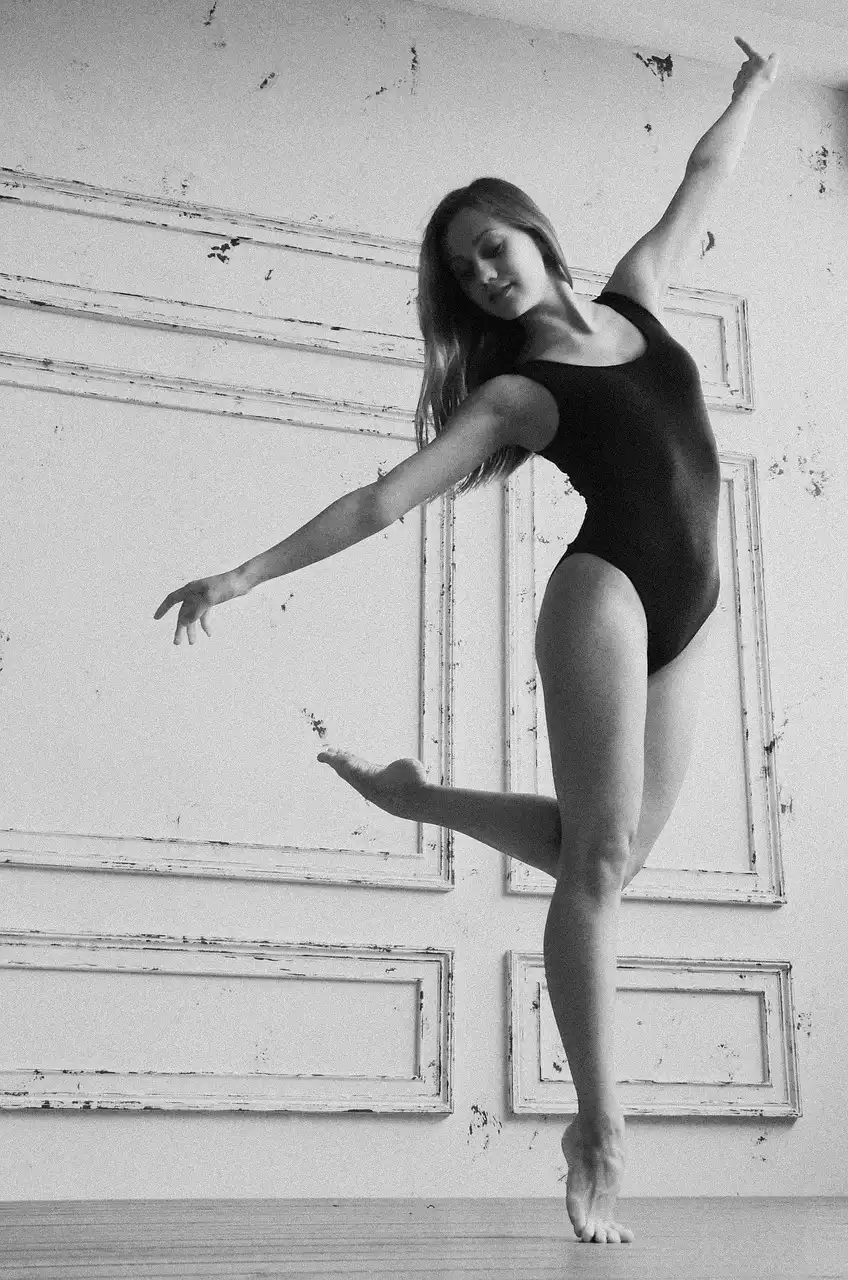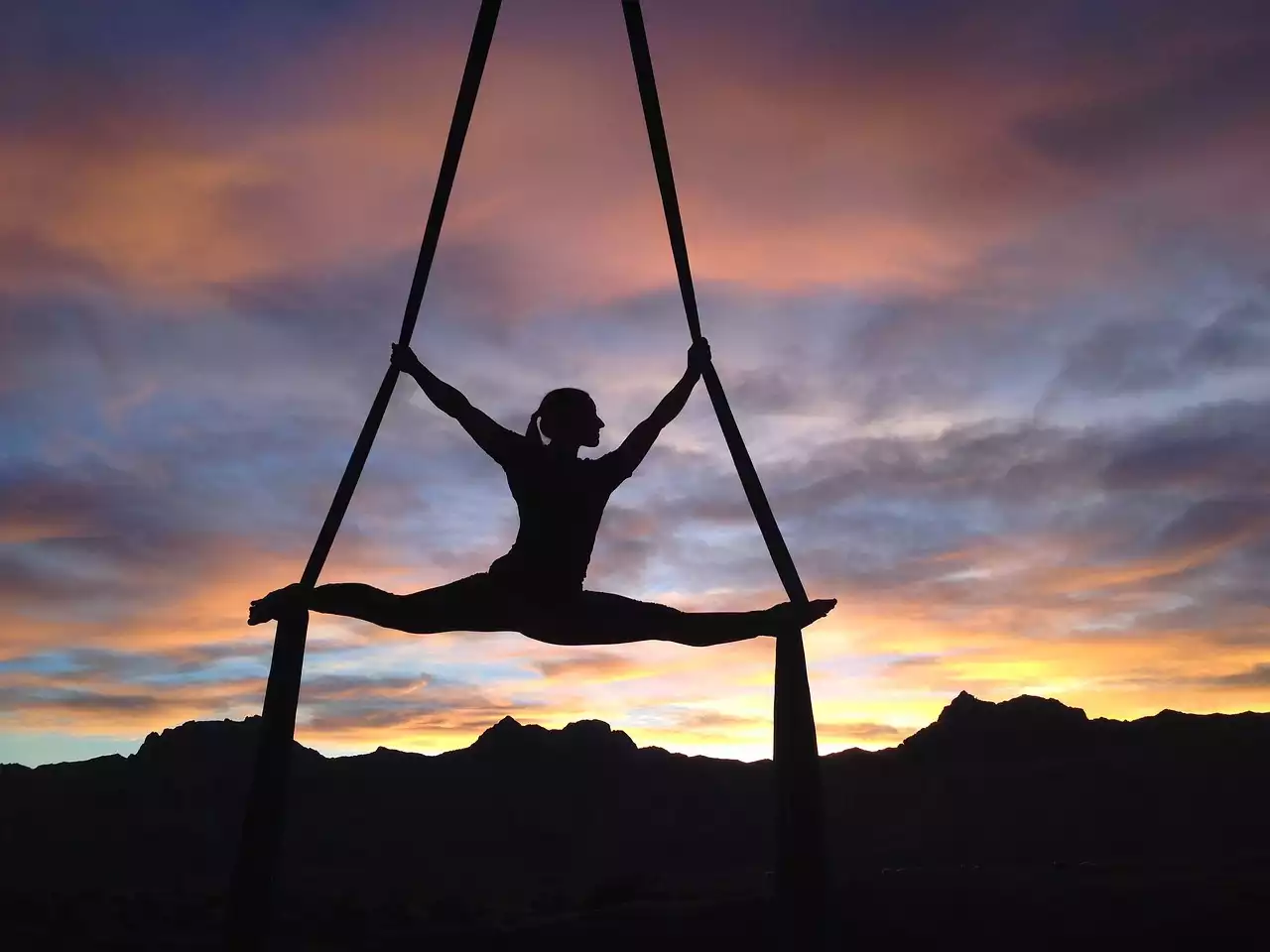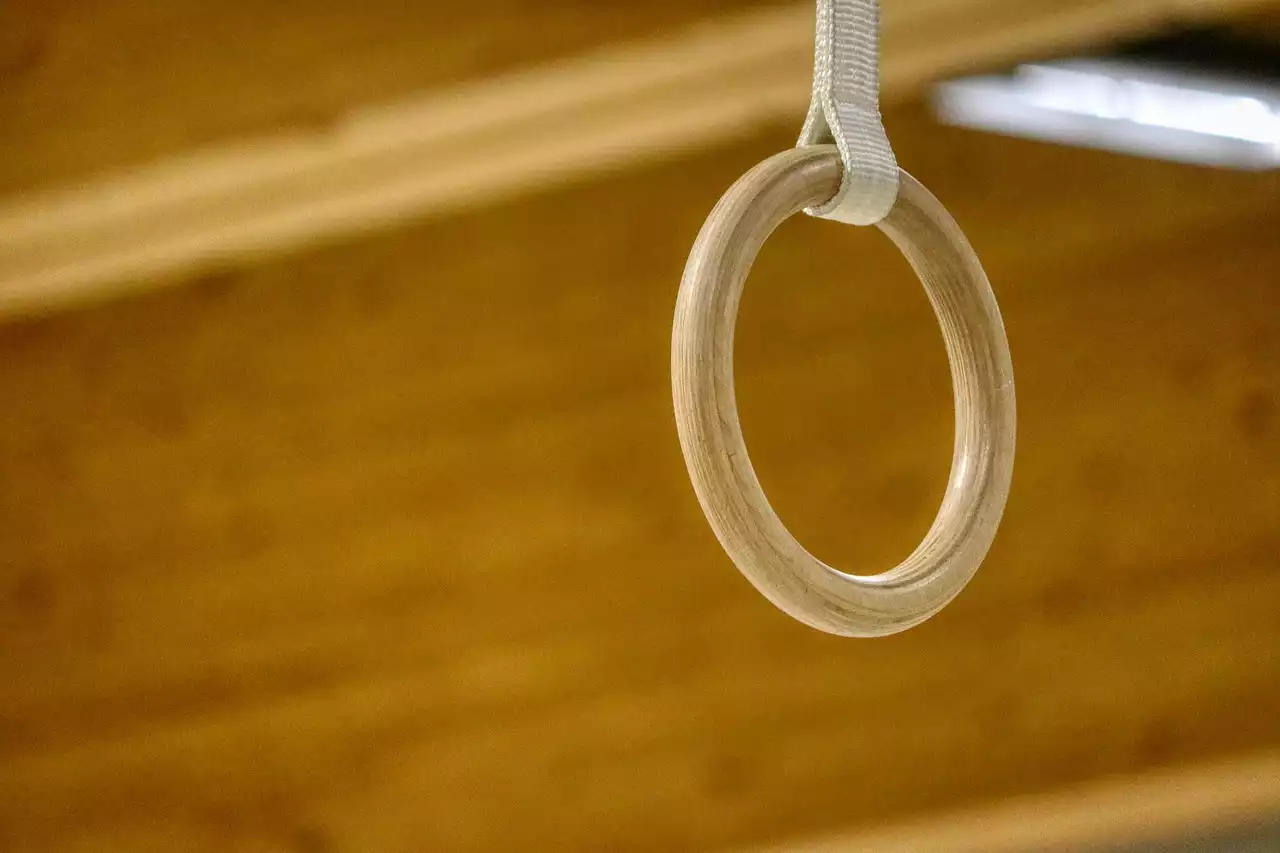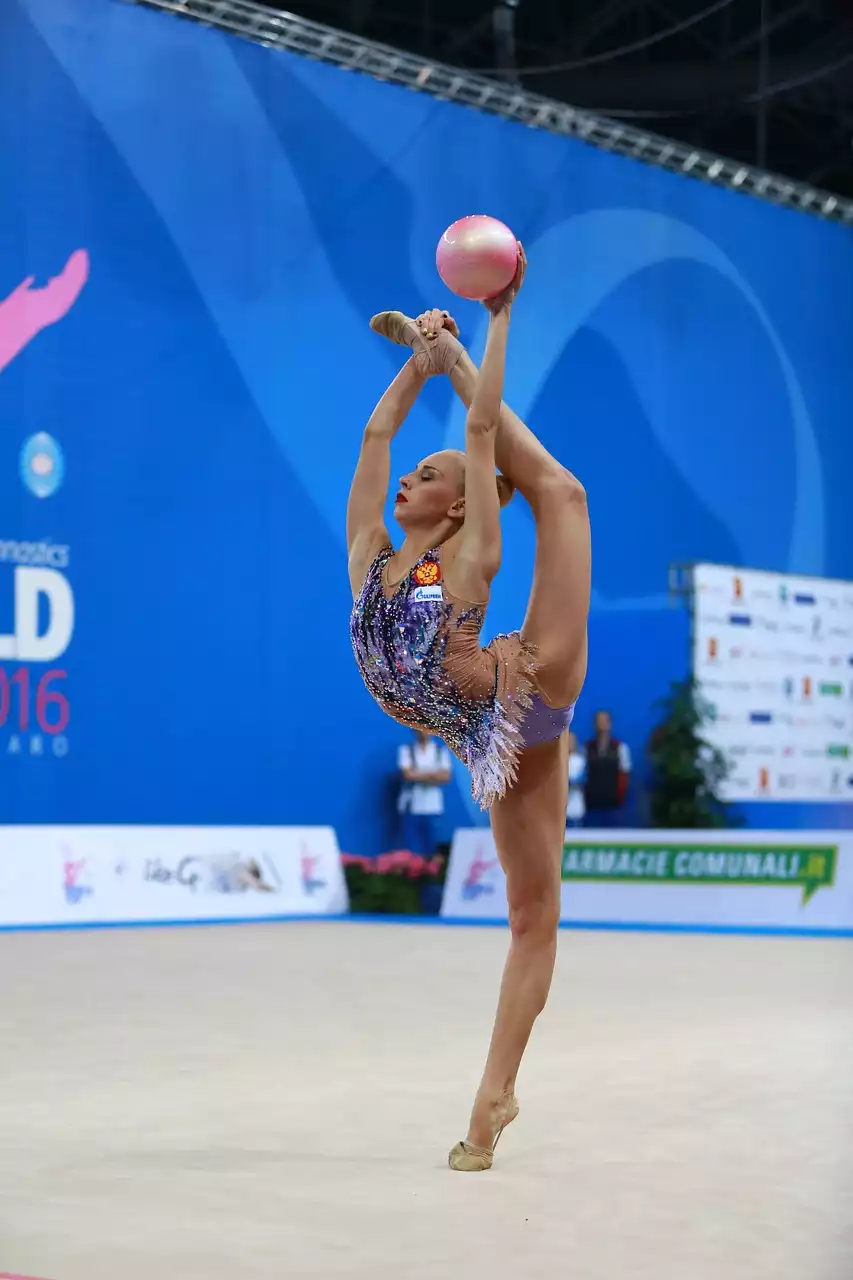History of Gymnastics – Ancient Greece
Gymnastics has its roots in Ancient Greece, where it was used as a form of physical training for soldiers. The Greek word “gymnastic” means “fitness” and was used to describe the physical exercise, including running, jumping, wrestling, and weightlifting. The most popular form of gymnastics during this period was pankration, which was a combination of boxing and wrestling and featured both striking and grappling techniques. This event was often used as a means of training for the military, and it was also popular as a spectator sport.
The Roman Empire adopted the Greek version of gymnastics, and it soon spread to other parts of Europe. During the Middle Ages, gymnastics began to be used as a form of physical education for young people, which was particularly popular in Germany. This form of gymnastics focused on the development of strength and grace, and featured exercises such as vaulting, swinging, and balancing.
In the 19th century, the German gymnasium, or gym, was developed. This was a place where people could go to exercise and learn gymnastics, and it soon became popular across Europe and the United States. This was also the period when gymnastics began to be used as a form of competitive sport, with the first international gymnastics competition being held in 1881.
Revealed: The Ancient Greek Athletic Workout
The Rise of Modern Gymnastics
In the early 20th century, gymnastics began to be developed as a competitive sport, and the first gymnastics World Championships were held in 1903. This event was the precursor to the modern Olympic Games, and the first Olympic gymnastics events were held in 1908. Since then, gymnastics has become an increasingly popular sport, with new events being added to the Olympic Games every four years.
The most recent addition to the Olympics is the sport of trampolining, which was introduced in 2000. This event has quickly become one of the most popular gymnastics events, with its high-flying and daring flips and twists captivating audiences around the world.
Events of Modern Gymnastics
Modern gymnastics is divided into three main disciplines: artistic, rhythmic, and trampoline. Artistic gymnastics is the most popular and is the form of gymnastics seen in the Olympic Games. This discipline consists of events such as uneven bars, balance beams, floor exercises, and vaults, and gymnasts are judged on their execution and artistic impression.
Rhythmic gymnastics is another popular event, which involves the use of ribbons, ropes, and balls. This event requires gymnasts to combine their gymnastic skills with expressive dance movements, and is often considered to be one of the most beautiful events of the Olympics.
Trampoline is the newest addition to the Olympic Games, and is rapidly becoming one of the most popular events. This event involves gymnasts performing flips and twists on a trampoline and is considered to be one of the most spectacular events of the Olympics.
The Olympic Games
The Olympic Games have played a major role in the evolution of gymnastics, and have helped to raise the profile of the sport around the world. The Olympic Games provide a platform for the world’s best gymnasts to showcase their skills and attract huge audiences every four years.
The Olympic Games also help to promote the sport of gymnastics and encourage more people to take up the sport. Many of the world’s best gymnasts have become household names, and their performances serve as an inspiration to other aspiring gymnasts.
Gymnastics Around the World
Gymnastics is a popular sport around the world, and there are many different federations and organizations devoted to promoting the sport. In Europe, the European Union of Gymnastics is the governing body for the sport and is responsible for organizing international events such as the European Championships.
In the United States, the National Collegiate Athletic Association (NCAA) is the governing body for gymnastics and is responsible for organizing the national collegiate gymnastics championship. The NCAA also organizes international events such as the Pan American Games and is the governing body for the sport in many other countries around the world.
The Future of Gymnastics
Gymnastics is constantly evolving, and new events are always being added to the Olympic Games. Acrobatic gymnastics, which combines elements of tumbling and artistic gymnastics, is one of the most recent additions to the Olympic Games and is rapidly becoming one of the most popular events.
The future of gymnastics looks bright, and the sport is likely to remain popular for many years to come. The Olympics will continue to provide a platform for the world’s best gymnasts to showcase their skills, and the sport is likely to continue to grow in popularity around the world.
The Future of Gymnastics Strength & Conditioning
Gymnastics Training Tips
Gymnastics is a demanding sport, and it requires dedication and hard work to become a successful gymnast. Here are a few tips to help you get started on your gymnastics journey:
- Find a gym or club that offers classes in gymnastics. This will help you to learn the basics of the sport and will allow you to practice with other gymnasts.
- Make sure you’re properly warmed up and stretched before you start your training session. This will help to prevent injuries and will help you to get the most out of your training session.
- Practice regularly and set yourself goals. Setting goals will help to keep you motivated and will help you to improve over time.
- Get plenty of rest and take regular breaks. It’s important to give your body time to rest and recover to avoid injuries and fatigue.










